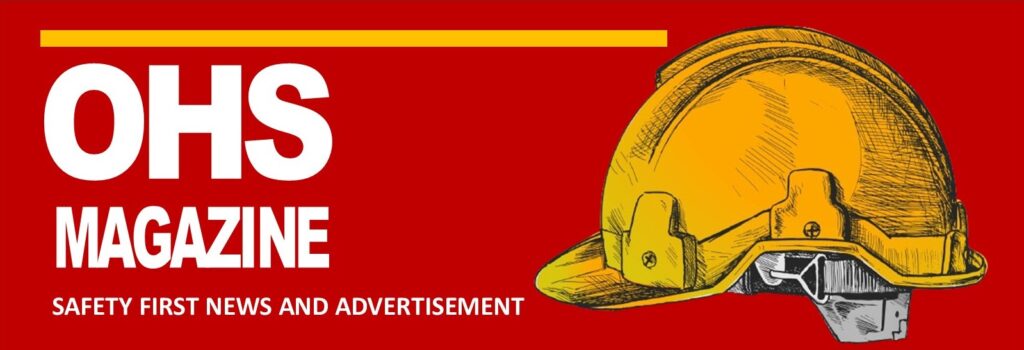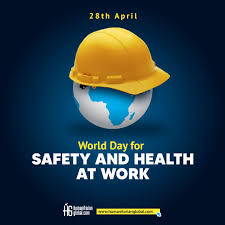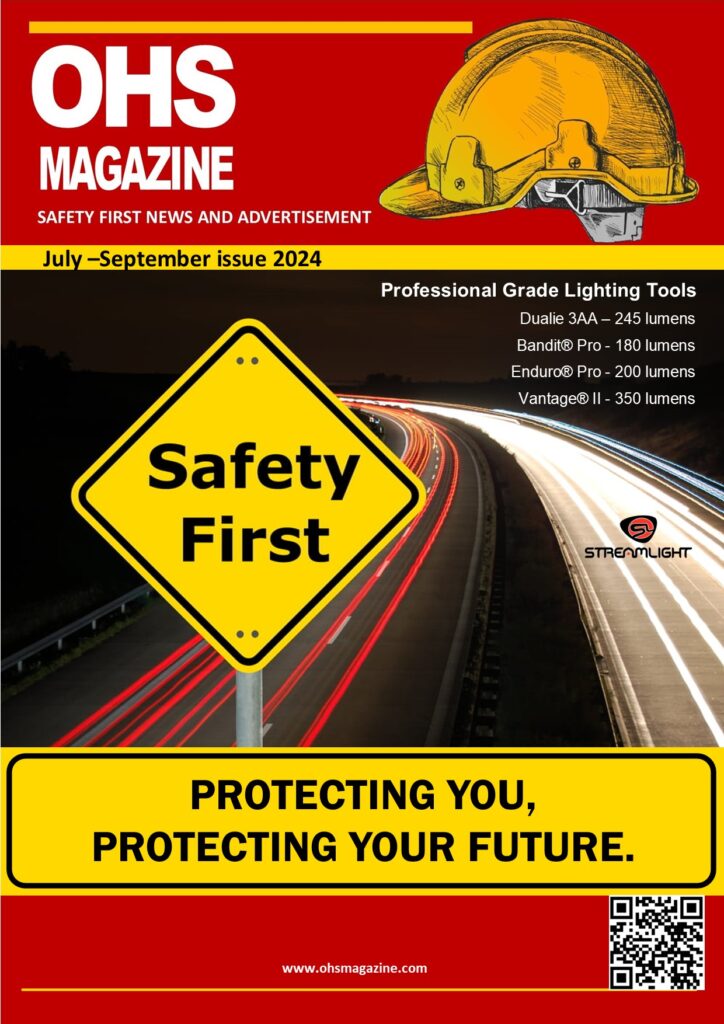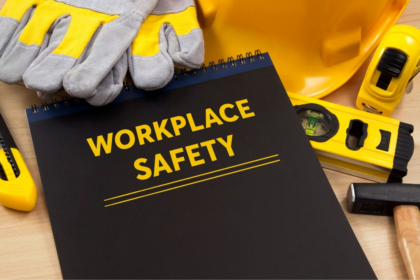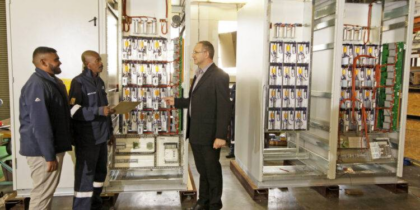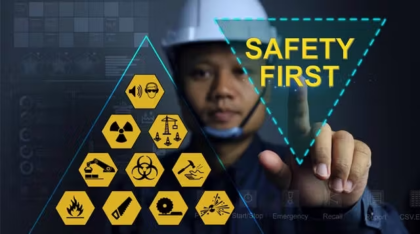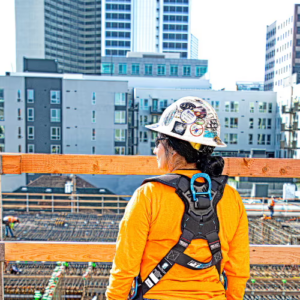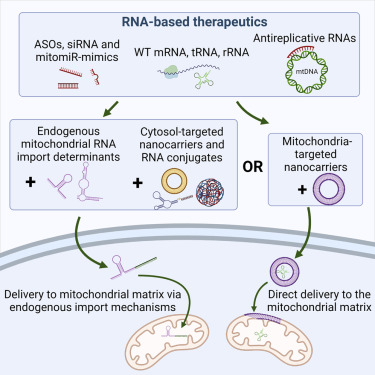Predictive Analytics for Hazard Detection: Revolutionizing Occupational Health and Safety. In the ever-evolving field of occupational health and safety (OHS), the integration of predictive analytics for hazard detection is transforming how workplaces manage risk. By leveraging advanced algorithms and data from multiple sources, organizations are now able to identify potential hazards before they manifest, thereby enabling proactive risk management and significantly enhancing workplace safety.
In the ever-evolving field of occupational health and safety (OHS), the integration of predictive analytics for hazard detection is transforming how workplaces manage risk. By leveraging advanced algorithms and data from multiple sources, organizations are now able to identify potential hazards before they manifest, thereby enabling proactive risk management and significantly enhancing workplace safety.Predictive Analytics for Hazard Detection: Revolutionizing Occupational Health and Safety
Predictive analytics involves using statistical techniques, machine learning, and data mining to analyze historical and real-time data. These methods help in identifying patterns and trends that might not be apparent through traditional analysis. In the context of OHS, this data-driven approach can be pivotal in preempting incidents and mitigating risks.
Data Sources and Algorithmic Insights
Data for predictive analytics in OHS is gathered from a variety of sources. These include:
- Sensor Data: Wearable technology and IoT devices monitor workers’ health metrics and environmental conditions in real-time. Parameters such as temperature, humidity, noise levels, and air quality are continuously tracked.
- Incident Reports: Historical data on past accidents and near-misses provides valuable insights into patterns and recurring issues.
- Maintenance Logs: Equipment performance and maintenance records help predict failures that could lead to hazardous situations.
- Employee Feedback: Reports and surveys from employees about unsafe conditions or practices contribute qualitative data that enhances predictive models.
Predictive algorithms process this diverse data, identifying correlations and potential precursors to hazardous events. For instance, an increase in machine vibration detected by sensors could predict a mechanical failure, prompting preemptive maintenance to avoid a catastrophic breakdown.
Proactive Risk Management
The application of predictive analytics enables a shift from reactive to proactive risk management. Traditionally, OHS measures have often been reactive, addressing hazards only after an incident occurs. With predictive analytics, organizations can anticipate and mitigate risks, reducing the likelihood of accidents.
Key benefits include:
- Early Hazard Identification: Predictive models highlight potential hazards before they become critical, allowing for timely intervention.
- Resource Optimization: By forecasting where and when hazards are likely to occur, resources can be allocated more efficiently, focusing on high-risk areas.
- Enhanced Compliance: Continuous monitoring and predictive insights help ensure compliance with safety regulations, reducing the risk of legal and financial penalties.
Case Studies and Real-World Applications
Several industries have successfully integrated predictive analytics into their OHS practices:
- Manufacturing: Companies use predictive maintenance to identify equipment at risk of failure, scheduling repairs during non-operational hours to prevent production halts and safety incidents.
- Construction: Wearable sensors and real-time data analysis help in monitoring workers’ vital signs and environmental conditions, predicting potential health risks like heatstroke or exposure to toxic substances.
- Oil and Gas: Predictive analytics models forecast equipment malfunctions and environmental hazards, allowing for preemptive measures in high-risk operations.
Future Outlook
The integration of predictive analytics in occupational health and safety is poised to become a standard practice across industries. As technology advances and data collection methods become more sophisticated, predictive models will continue to improve in accuracy and reliability.
Moreover, the increasing adoption of artificial intelligence and machine learning in OHS will enhance the predictive capabilities, offering more nuanced and dynamic risk assessments. Organizations that embrace these technologies will not only ensure a safer working environment but also achieve significant cost savings and operational efficiency.
Conclusion
Predictive analytics for hazard detection represents a significant leap forward in occupational health and safety. By harnessing the power of data and advanced algorithms, organizations can proactively manage risks, safeguard their workforce, and create a culture of safety excellence. As the field evolves, the potential for predictive analytics to transform OHS practices continues to expand, promising a future where workplace accidents are not just responded to, but anticipated and prevented.
